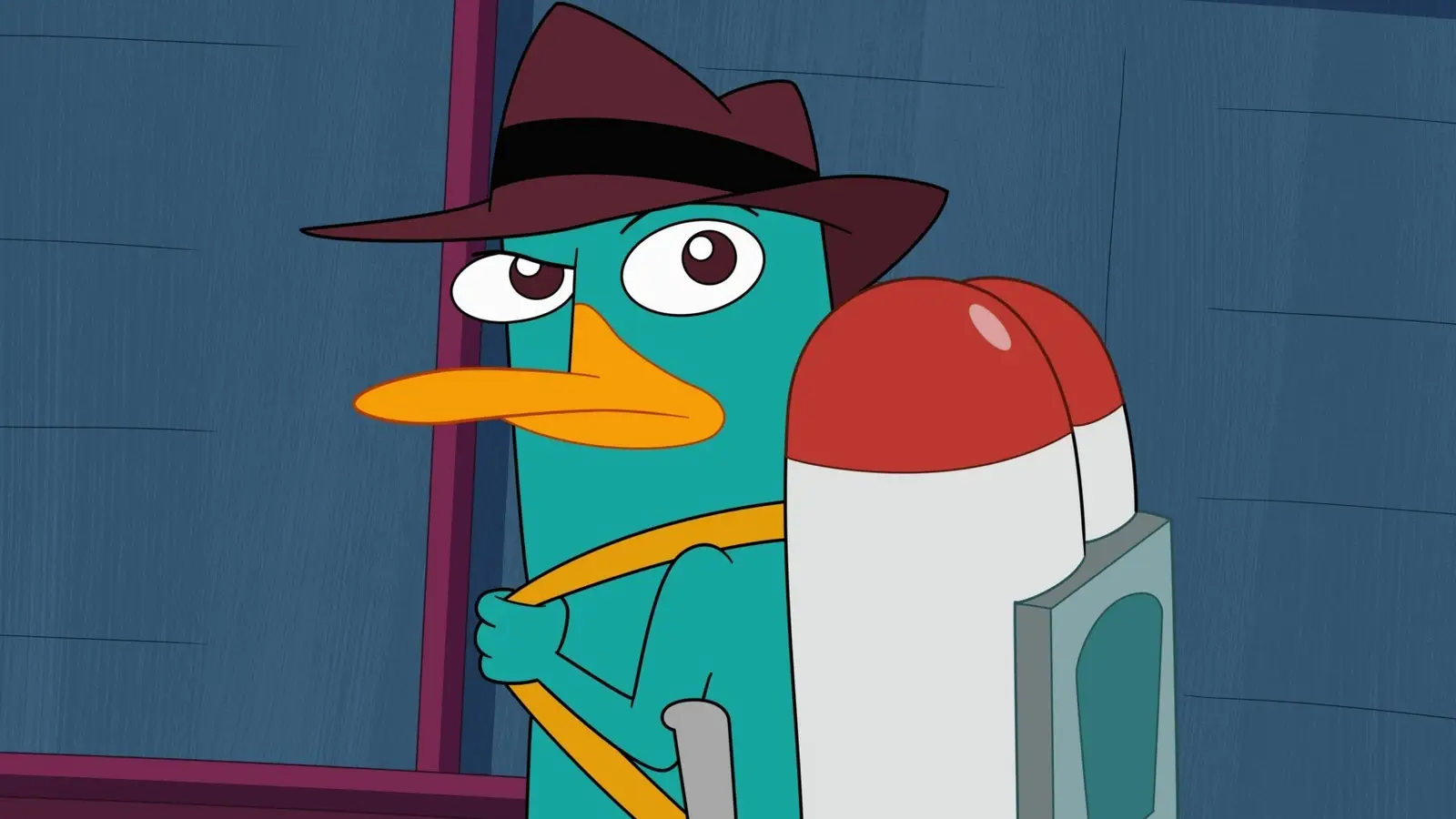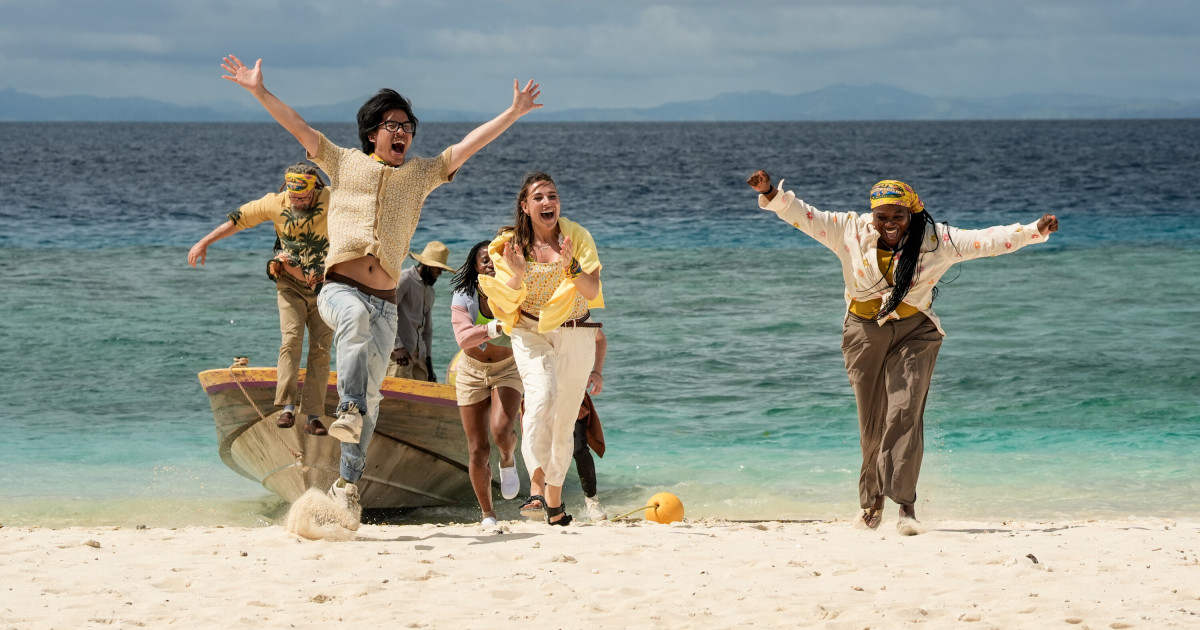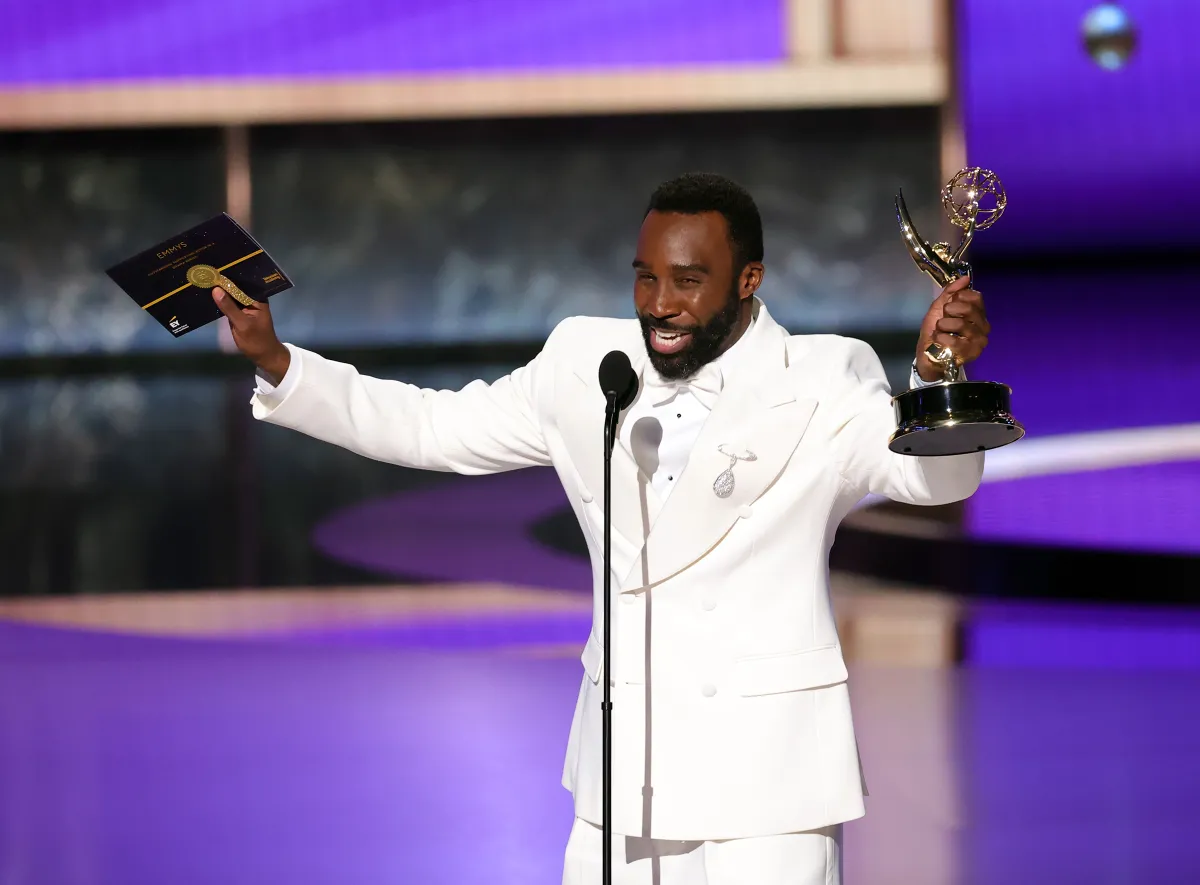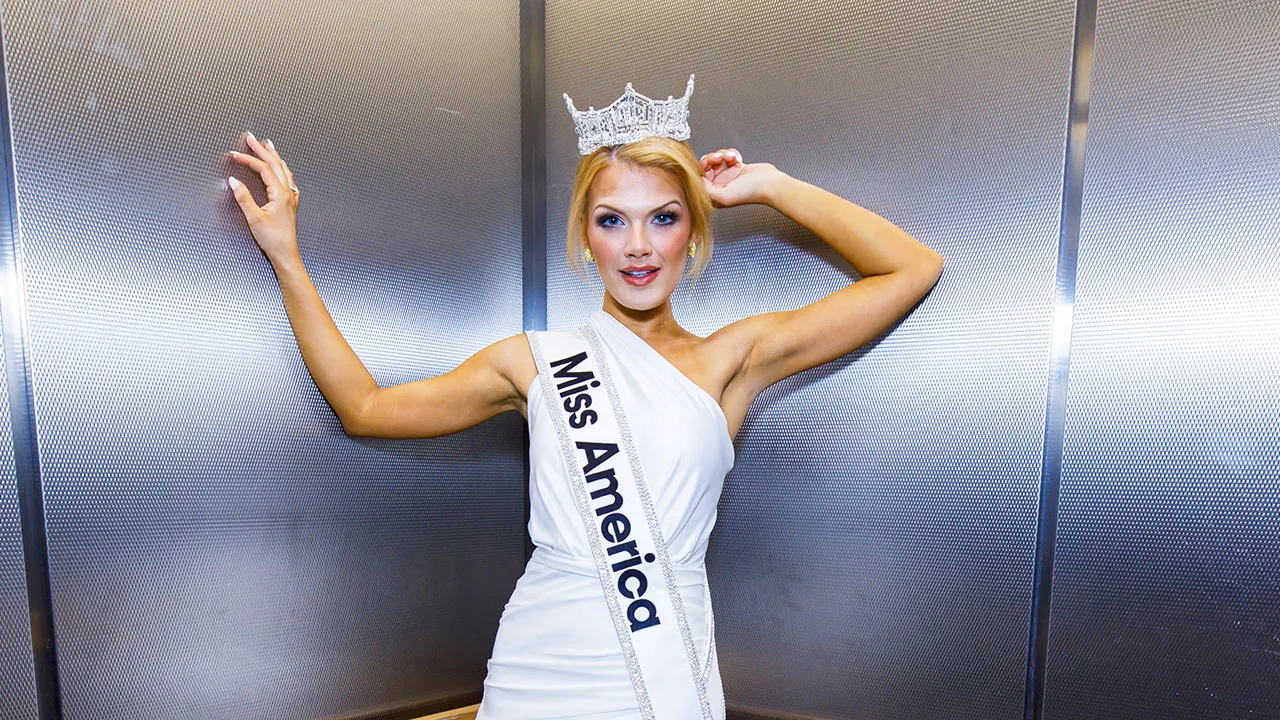
There are classic animated shows going back 60 years, but the 2000s was one of the best decades for the medium. South Park and Family Guy were at the height of their powers, and shows like Drawn Together and Creature Comforts changed what a cartoon could be.
The 2000s gave us kids’ shows dealing with grown-up issues, like Avatar: The Last Airbender and Star Wars: The Clone Wars. It gave us instant classics, like Dora the Explorer and Phineas and Ferb, as well as cult hits like Archer and Metalocalypse.
2000: Dora The Explorer
The best children’s entertainment is both educational and fun to watch. It’s not an easy combo to pull off, but Dora the Explorer makes it look effortless. The series follows seven-year-old Dora on a string of Indiana Jones-esque adventures with her talking monkey Boots. Dora actively involves the audience in her resource management, so it’s an engaging pulpy adventure.
But the show also teaches viewers about counting, how to solve riddles, and the basics of the Spanish language. It’s presented as a point-and-click adventure game, so the audience gets to be a part of it. It’s rare that a cartoon will take kids on a thrilling adventure through a treacherous jungle and also improve their language acquisition skills.
2001: The Fairly OddParents
The fairy godparent is a well-worn trope in the fantasy genre, but Butch Hartman came up with a totally fresh spin on it with The Fairly OddParents. The series revolves around 10-year-old Timmy Turner, whose fairy godparents Cosmo and Wanda have the power to grant him wishes to fix his mundane everyday problems.
Timmy’s life is pretty dark — he’s neglected by his parents and terrorized by his abusive babysitter Vicky — but the fact that he has Cosmo and Wanda looking out for him, with his best interests at heart, offers a glimmer of hope in that darkness. The show has a wonderfully surreal sense of humor, but it also has an underlying sweetness.
2002: Kim Possible
At a time when female-led animated shows were few and far between, Kim Possible came along with its strong female lead balancing her high school career with her crimefighting duties. The series deftly blends action, adventure, comedy, romance, and drama in a brilliant teenage parody of the James Bond franchise.
The show’s unique blend of retro visuals, snappy sitcom dialogue, and subversive, genre-spoofing action set-pieces made it an instant hit with critics and audiences alike. The tight-knit friendships between Team Possible are genuinely endearing and emotionally engaging, but the series also has a hefty dose of self-aware humor that was atypical for Disney Channel shows at the time.
2003: Creature Comforts
Aardman initially created their Creature Comforts shorts for a series of ads for the UK’s electricity boards. But they proved to be so popular that they eventually got a TV show of their own that aired on ITV. Creature Comforts takes the audio of various interviews and vox pops and puts it in the mouths of stop-motion animated animals.
This ingenious conceit paved the way for gags ranging from an amoeba giving a deeply philosophical monologue to an alligator waxing poetic about her neighborhood (the sewer system). Aside from being a ton of fun, Creature Comforts gently satirizes the performative nature of these kinds of man-on-the-street vox-pop interviews.
2004: Drawn Together
Drawn Together was met with a mixed response on its initial release, because people didn’t know what to make of it. It puts a bunch of animated characters from various different types of cartoons under the same roof in a Real World-type reality show. The series takes familiar animated archetypes and twists them into the most dark, depraved version imaginable.
The Disney princess is a bigot. The SpongeBob-style children’s character is a hyperactive weirdo. The Max Fleischer-esque superhero is a lecherous, necrophiliac pervert. The over-the-hill Betty Boop-based sex symbol is a depressed alcoholic exhibiting various self-destructive patterns. It’s a little too shocking for some audiences, but it’s one of the most brilliantly subversive cartoons ever made.
2005: Avatar: The Last Airbender
At first glance, Avatar: The Last Airbender might just seem to be an anime-inspired martial arts fantasy series. It is that — the visuals are gorgeous, the action is thrilling, and the worldbuilding is delightfully unique — but it’s also so much more than that. Avatar goes a lot deeper than the average kids’ cartoon; it deals with some very grown-up themes.
Avatar touches on serious topics like war, authoritarianism, genocide, gender inequality, and the class divide. The animation style is a rich tapestry drawing from cultural influences from all around the globe, and the characters are all well-rounded and three-dimensional. Avatar isn’t just the best animated series of 2005; it’s one of the greatest TV shows of the 21st century, period.
2006: Metalocalypse
Brendon Small combined his two skillsets — music and comedy — into an idiosyncratic adult-oriented animated series. Metalocalypse has been hailed as both a spot-on spoof of heavy metal culture, and a loving homage to it. The series revolves around a death metal band named Dethklok, and the show’s dark content matches the darkness of heavy metal lyrics.
Metalocalypse’s sense of humor is twisted and over-the-top, and its storylines deal with a lot of death and violence. But it’s also an interesting look at the downside of fame. Small wrote the music for the fictional band, and it’s perfectly in tune with the on-screen visuals, because the animation is carefully synced to the music.
2007: Phineas & Ferb
There’s 104 days of summer vacation and school comes along just to end it. Phineas and Ferb started off with a simple enough premise: the titular brothers want to spend each of their days off doing something memorable, usually involving some sort of elaborate construction project, and their Jeanie Bueller-esque older sister wants to catch them in the act.
Within that simplistic premise, Phineas and Ferb had a ton of fun and made audiences adore its characters in the process. Every episode has a B-story in which Phineas and Ferb’s pet platypus foils a supervillain’s nefarious plot and, in a masterful twist of writing, the resolution of the B-story usually prevents Candace from busting her brothers in the A-story.
2008: Star Wars: The Clone Wars
The Star Wars prequels might have polarized the fan base, but the animated series set during that period is one of the best things the franchise has ever produced. The movies glossed over the three-year conflict between the Republic and the Separatists — most of it happened between Episodes II and III — but Star Wars: The Clone Wars goes deep into it.
George Lucas originally conceived Star Wars as an intergalactic playground where he could allegorize real-world conflicts, and The Clone Wars stayed true to that vision. It’s a fun kids’ cartoon with lightsabers and spaceships, but it also explores the endless cycle of warfare that keeps repeating itself in human history, and why it does.
2009: Archer
Adam Reed cooked up the perfect Bond parody with his classic cartoon Archer. Played to perfection by H. Jon Benjamin, Sterling Archer is essentially the Ron Burgundy version of 007: a bumbling buffoon coasting by on unearned confidence and luck. This anachronistic spoof of Cold War-era spy thrillers uses rapid-fire dialogue and self-referential humor to subvert the genre’s well-worn conventions.
Archer is a really funny work of pitch-black comedy, but it’s also a gorgeous piece of animation. The show’s minimalist visual style, drawing from mid-20th-century comic books, captures the exact right vibe to evoke the genre and period setting it’s going for.



